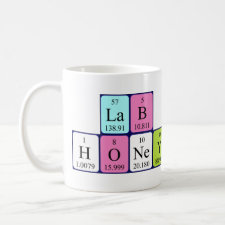
Authors: Morais EC, Brambilla R, Correa GG, Dalmoro V, dos Santos JHZ
Article Title: Imprinted silicas for paracetamol preconcentration prepared by the sol-gel process.
Publication date: 2017
Journal: Journal of Sol-Gel Science and Technology
Volume: 83
Issue: (1)
Page numbers: 90-99.
DOI: 10.1007/s10971-017-4399-7
Abstract: Paracetamol-imprinted silicas were prepared by three sol-gel routes, including two basic-catalyzed gelification and precipitation routes, and an acid-catalyzed route. The resulting materials from basic gelification were subjected to Soxhlet, ultrasound and thermal extractions, and characterized by infrared spectroscopy, elemental analysis, nitrogen porosimetry, scanning electron microscopy, and atomic force microscopy. Ultrasound was shown to be the most efficient for template extraction. The resulting materials showed surface areas between 30 m2 g-1 (for the precipitation route) and 200 m2 g-1 (for the acid-catalyzed route). After paracetamol extraction, the resulting surface area was between 30 m2 g-1 and 290 m2 g-1. The presence of paracetamol was confirmed by the presence of an infrared absorption band at 1546 cm-1, which is assigned to [nu](C=O). The adsorption of paracetamol from aqueous and urine matrixes on the imprinted materials produced by the acid-catalyzed route was ca. 60% of the nominal concentration present in such matrixes. In the silica without molecular imprints, the preconcentration was ca. 20%
Template and target information: paracetamol, acetaminophen
Author keywords: silica, sol gel, molecular imprinting, paracetamol, urine



Join the Society for Molecular Imprinting

New items RSS feed
Sign-up for e-mail updates:
Choose between receiving an occasional newsletter or more frequent e-mail alerts.
Click here to go to the sign-up page.
Is your name elemental or peptidic? Enter your name and find out by clicking either of the buttons below!
Other products you may like:
 MIPdatabase
MIPdatabase









